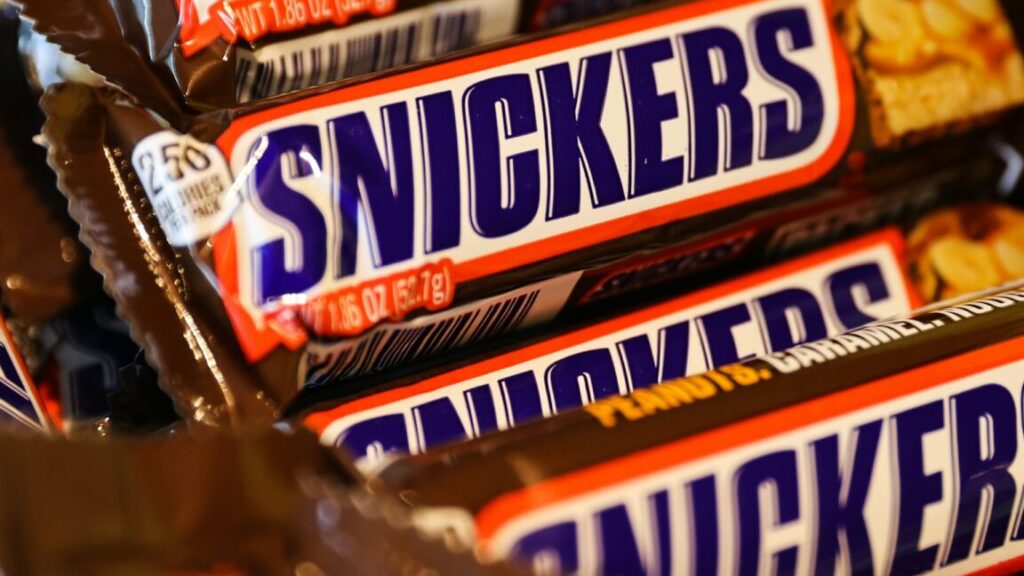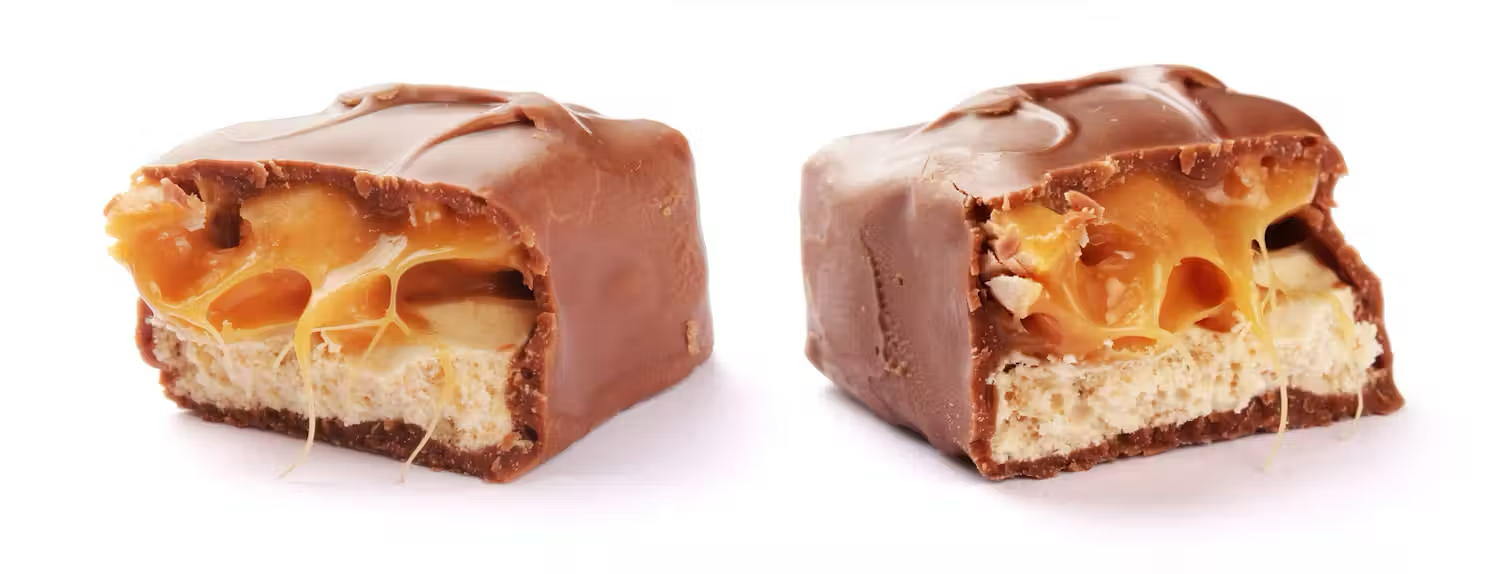A candy engineer explains the science behind the Snickers bar
It’s Halloween. You’ve just finished trick-or-treating and it’s time to assess the haul. You likely have a favorite, whether it’s chocolate bars, peanut butter cups, those gummy clusters with Nerds on them, or something else.
For some people, including me, one piece stands out—the Snickers bar, especially if it’s full-size. The combination of nougat, caramel, and peanuts coated in milk chocolate makes Snickers a popular candy treat.
As a food engineer studying candy and ice cream at the University of Wisconsin-Madison, I now look at candy in a whole different way than I did as a kid. Back then, it was all about shoveling it in as fast as I could.
Now, as a scientist who has made a career studying and writing books about confections, I have a very different take on candy. I have no trouble sacrificing a piece for the microscope or the texture analyzer to better understand how all the components add up. I don’t work for, own stock in, or receive funding from Mars Wrigley, the company that makes Snickers bars. But in my work, I do study the different components that make up lots of popular candy bars. Snickers has many of the most common elements you’ll find in your Halloween candy.
Let’s look at the elements of a Snickers bar as an example of candy science. As with almost everything, once you get into it, each component is more complex than you might think.
Snickers bars contain a layer of nougat, a layer of caramel mixed with peanuts, and a chocolate coating. Credit: istarif/iStock via Getty Images
Airy nougat
Let’s start with the nougat. The nougat in a Snickers bar is a slightly aerated candy with small sugar crystals distributed throughout.
One of the ingredients in the nougat is egg white, a protein that helps stabilize the air bubbles that provide a light texture. Often, nougats like this are made by whipping sugar and egg whites together. The egg whites coat the air bubbles created during whipping, which gives the nougat its aerated texture.
A boiled sugar syrup is then slowly mixed into the egg white sugar mixture, after which a melted fat is added. Since fat can cause air bubbles to collapse, this step has to be done last and very carefully.
A candy engineer explains the science behind the Snickers bar Read More »

